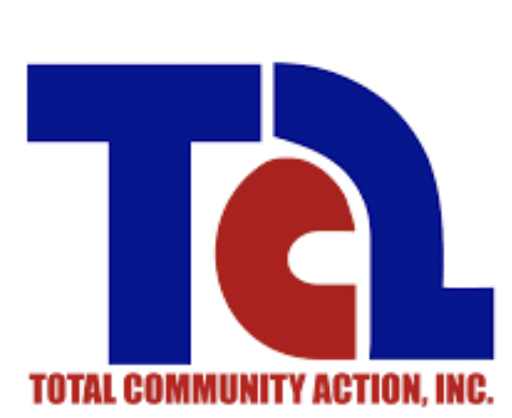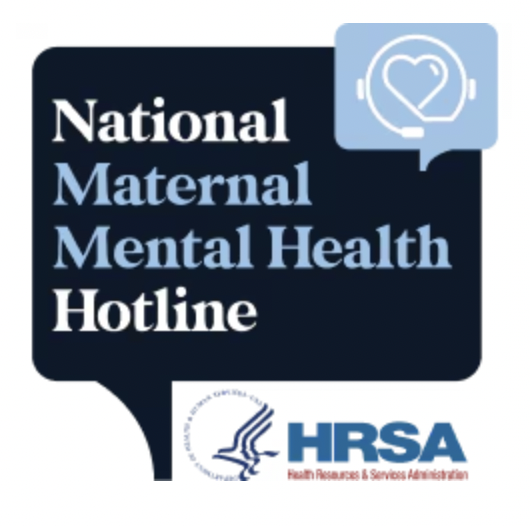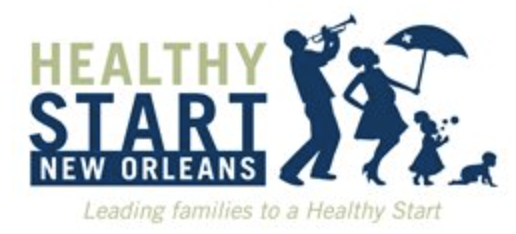September is National Infant Mortality Awareness Month (NIMAM), a time to honor the lives lost far too soon, raise awareness about infant mortality, and mobilize communities to strengthen maternal and infant health outcomes across the country.
Understanding Infant Mortality
Infant mortality is defined as the death of a baby before their first birthday.1 While medical advances have improved survival rates, significant disparities persist. Social determinants of health, such as poverty, healthcare access, and education, remain powerful predictors of outcomes. Systemic challenges, including racial, income, and geographic inequities, compound these risks: 2, 3
- African American infants face the highest infant mortality rate in the U.S., at 10.9 deaths per 1,000 live births.1
- Low-income mothers are more likely to lack health insurance and prenatal care, which increases risks of premature birth and low birth weight.3
Key Terms:
- Sudden InfantDeath Syndrome (SIDS): The sudden, unexpected death of a baby under age one. Usually, there is no apparent cause before investigation, and it often occurs during sleep.4
- Low Infant Birthweight: An infant weighing 2,500 grams (5.5 lbs.) or less at birth. Infants classified as very low birthweight weigh 1500 grams (3.3 pounds) or less.2
Low and very low birthweight infants particularly face a higher risk of developmental delays, infections, and premature death—especially for families facing economic hardship and barriers to proper prenatal nutrition and care.5,2 In response to these challenges, several approaches have been studied to reduce the risk of infant mortality.
Breastfeeding: A Lifesaving Approach
One proven intervention to reduce infant mortality is breastfeeding. In comparison to formula, breastmilk provides optimal nutrition, immune protection, and reduces risks of conditions leading to later complications and early death.5 As a result, breastfeeding has been shown to improve long-term health and infant mortality outcomes significantly, especially for preterm and low birthweight infants.5
Yet, while breastfeeding is widely considered cost-effective, recent studies show there are hidden costs. The costs of lactation supplies, increased food intake, workplace accommodations, and support services can be barriers for low-income families. That’s why community-based programs are essential.
How DIEEP Responds
DePaul’s Infant Empowerment & Education Program (DIEEP) observes National Infant Mortality Awareness Month by promoting community education, advocacy, and direct support for New Orleans families. Our program integrates breastfeeding resources with maternal mental health education to empower families across the region.
Our Objectives:
-Breastfeeding Support:
- Educate nursing parents on breastfeeding benefits, the PUMP Act and workplace rights, and safe pumping practices.
- Partner with local businesses to increase PUMP Act compliance.
- Provide lactation support, nutrition education, and supplemental services for parents and infants.
-Maternal Mental Health Support:
- Offer education on maternal and paternal postpartum depression, stress management, and self-care.
- Equip families to advocate for their mental health, leading to healthier pregnancies and parenting experiences.
Through these initiatives, DIEEP has reached thousands of New Orleans families, working to reduce disparities, improve infant survival, and strengthen the foundation for healthier communities.
Learn More
- Visit the DIEEP website here to explore our initiatives and view our Event Gallery for photos from past programs.
- To learn more about National Infant Mortality Awareness Month and explore national resources, click here to visit the National Health Start Association’s (NHSA) campaign page.
References:
Centers for Disease Control and Prevention. (2024, September 16). Infant mortality. Maternal & Infant Health. U.S. Department of Health & Human Services. Retrieved September 8, 2025, from
https://www.cdc.gov/maternal-infant-health/infant-mortality/index.html CDC
National Healthy Start Association. (n.d.). Infant mortality. Retrieved September 8, 2025, from https://www.nationalhealthystart.org/infant-mortality/
nationalhealthystart.org
Ely, D. M., & Driscoll, A. K. (2024, July 25). Infant mortality in the United States, 2022: Data from the period linked birth/infant death file (Vol. 73, No. 5). National Vital Statistics Reports, National Center for Health Statistics. U.S. Department of Health & Human Services. Retrieved September 8, 2025, from https://www.cdc.gov/nchs/data/nvsr/nvsr73/nvsr73-05.pdf CDC
Centers for Disease Control and Prevention. (n.d.). About SUID and SIDS. U.S. Department of Health & Human Services. Retrieved September 8, 2025, from https://www.cdc.gov/sudden-infant-death/about/index.html CDC
Juharji, H., Albalawi, K., Aldwaighri, M., Almalki, A., Alshiti, H., Kattan, W., Alqarni, M., Alsulaimani, S., AlShaikh, T., Alsulaimani, F. (2022). Impact of breastfeeding on low birthweight infants, weight disorders in infants, and child development. Cureus, 14(12), e32894. https://doi.org/10.7759/cureus.32894. Retrieved September 8, 2025, from https://pmc.ncbi.nlm.nih.gov/articles/PMC9870598/ PMC










